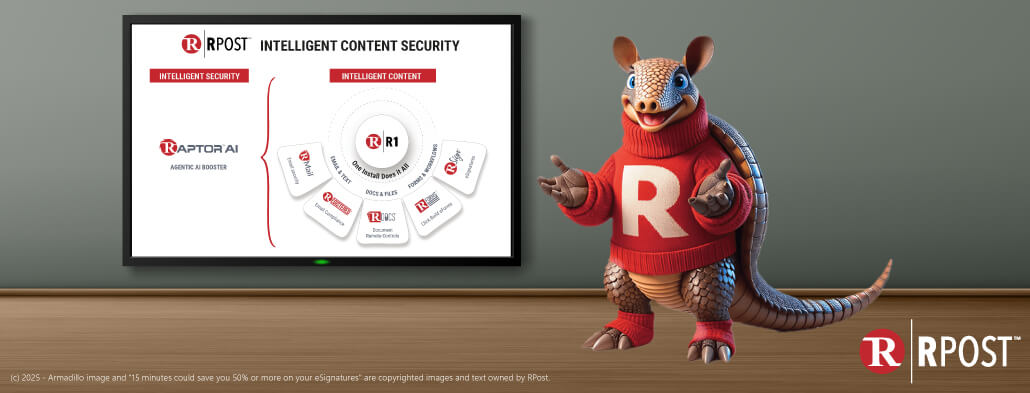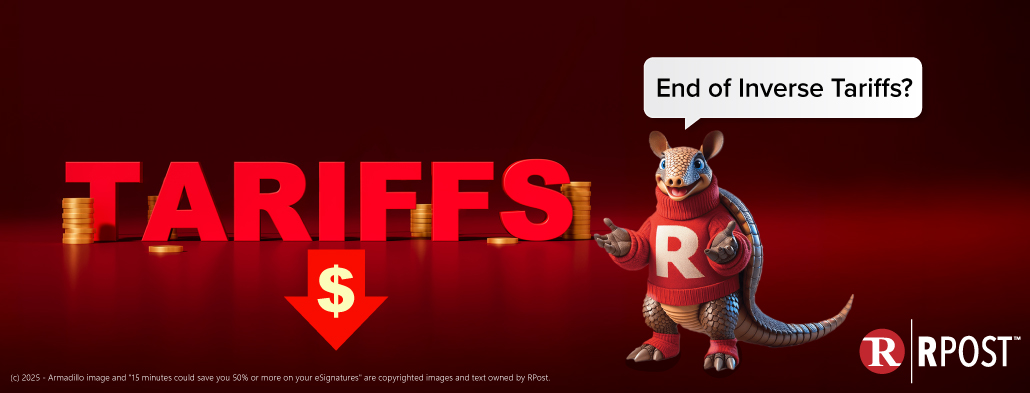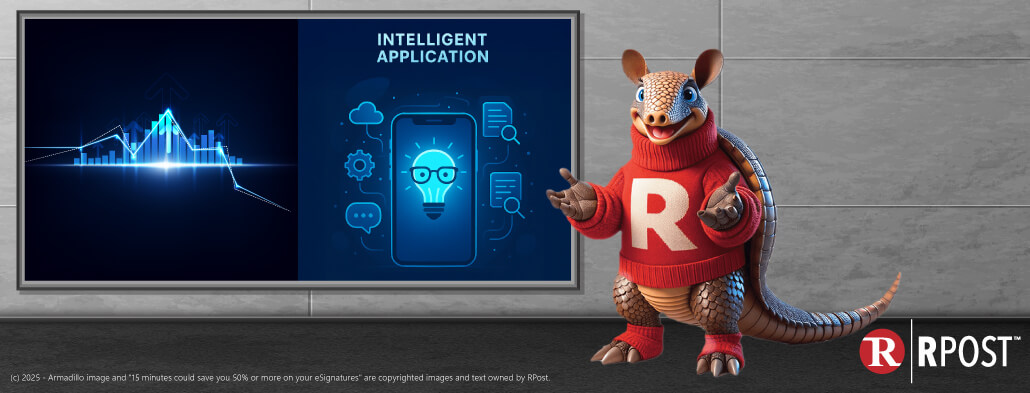
Much of the uncertainty as to the legality of electronically signed contracts has dissipated over the last decade and a half — through definitions in the broad state (UETA) and Federal (ESIGN) statutes, and through practice by the first few waves of adopters.
Today, eSignature services are widely used by professionals within financial services, insurance, real estate, legal services, and other industries. Most business professionals are now aware that eSignatures can speed business without increasing risk. They know that eSignature services often include a detailed audit trail, authentication mechanisms, and uniform time stamps that together provide much greater certainty as to who agreed to what when – something traditional pen and paper contracts lack. Many now also understand that eSigned documents are admissible in court and have the same veracity as wet ink on paper.
What could possibly be happening within the eSignature market as we head into 2017?
Still growing rapidly
The global eSignature market is expected to grow at a compound annual growth rate (CAGR) of 39% from 2016 – 2020. The total eSignature market is projected to be more than $2 Billion by 2020, according to MarketsandMarkets, a global market research firm. Drivers include demand to speed up financial services and insurance processes, general economic growth and the continued adoption of eSignatures among late adopters.
In particular, Registered Investment Advisors (RIAs) are increasing profitability through the use of eSignature technology, according to the 2016 RIA benchmarking study by Charles Schwab. Schwab credits eSignatures and other technologies for boosting profits for RIAs by 27% from 2011 – 2015. When RIAs increase their use of electronic signatures, thereby reducing inefficiencies in work flows, they free up more time to spend with clients, building assets under management.
Five years ago, the California Department of Motor Vehicles approved a process for transferring certain auto titles using RPost’s specialized eSignature services, saving insurance carriers more than $100 per auto claim and permitting same-day insurance settlements, putting money in drivers’ hands instantly.
Other government entities – both state and federal – have been slower to adopt eSignatures as the eSign laws left it up to each agency to decide whether to permit eSignatures. In 2016, California Governor Jerry Brown signed a bill to clear up some of the confusion surrounding the use of eSignatures within California government agencies, to encourage state and local government agencies to use eSign technology throughout their operations. This and similar legislation in other states should pave the way for greater adoption throughout the public sector.
Technology continues to improve
eSignature services continue to expand their features to support professionals who need to unlock every possible efficiency. While drag-and-drop document preparation is quickly becoming a standard element of eSignature services, some services (such as RSign) now also include the ability to create rules that govern the signing process once for a document, and save as a template for later reuse – bringing work groups tremendous efficiencies. Designed to speed similar transactions (with different signing parties, for example), templates can store not only documents and field settings, but also other work flow preferences like password requirements, reminder options, signer roles, and more.
For even greater efficiency, some services (including RSign) are beginning to add sophisticated rules/rule set features, allowing even faster work flows when different documents share the same fields.
Learn more:
How to Create an Electronic Signature with RSign
How to Add a Digital Signature to a PDF
The “signature” part of eSignature technology is what users used to focused on. Today, the focus is on finding those business processes that, when automated or sped up with eSignature technologies, offer the greatest business gain.
The “eSign” record is king
Regulatory bodies advise businesses to keep a complete audit trail when transacting with electronic signatures. For example, “Guidelines for eSignature and e-Delivery in the Insurance Business” advises insurance professionals to use electronic signatures and electronic records for “special consumer disclosures” and to create an audit trail, which is a legal record of the date and time when a document was sent, received and read, along with sender and recipient IP addresses and a digital image of the signed document. RMail and RSign eSignature services both provide this complete audit trail with every eSign transaction.
Here are some tasks that leading eSignature platforms can help you accomplish with greater efficiency:
1. Attach any Microsoft Word or PDF document to an email and with a few clicks, send it so the recipient can click, use their mouse to script, or type to indicate signoff. The recipient (or signer) is led through a guided signing experience that culminates with a signed copy being sent to all parties.
2. Set a document or form up with signature areas, fill-in fields, and more; save it as a template online, so that any time you need to complete a similar transaction, you can reuse the saved template. You can even share these “eSign” ready templates among a work group.
3. You can configure the eSignature software to send automatic reminders to signers, until the document is signed. You can even choose the sequence of signoff (if the order is important), which ensures that the document is signed in your desired signing order.
4. You can track who has signed and who is holding your process up, with visibility as to what is happening and who may need a follow-up call.
5. You can send contract related notices with a returned receipt to legally prove when a price change notice, demand, or other contract related change order was sent, by simply attaching them to Registered Email™ messages.
Know More: How To Send Secure Email
You can do all of the above, encrypted to protect consumer non-public information or to protect one’s strategic secrets.
So, what can you expect in 2017? Continued growth, fueled by general comfort with the legal aspects and user experience of eSignatures, and more focus on using eSignature technologies as enablers to increase automation and expand business process improvement initiatives.

May 01, 2025

April 25, 2025

April 17, 2025

April 11, 2025

April 04, 2025